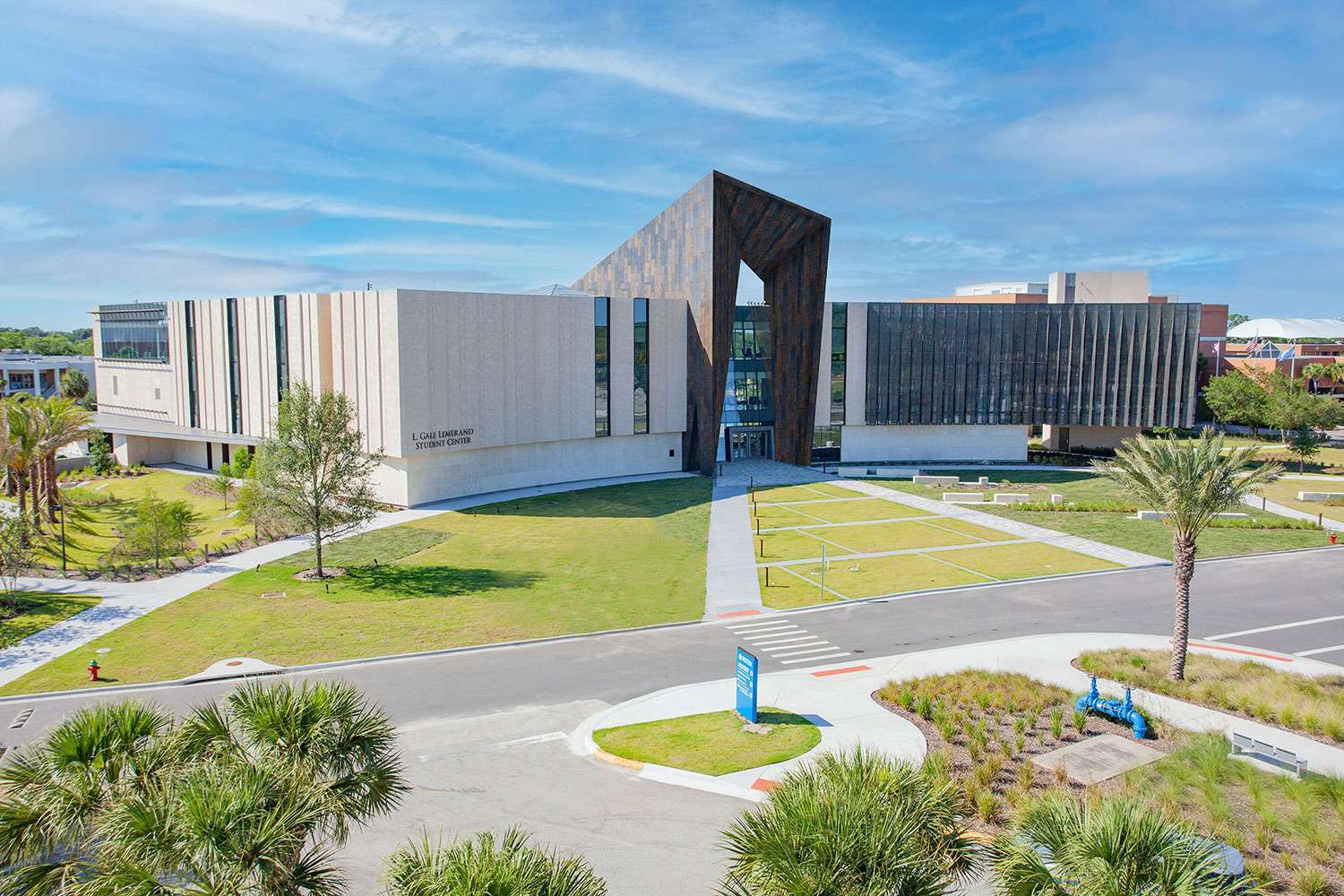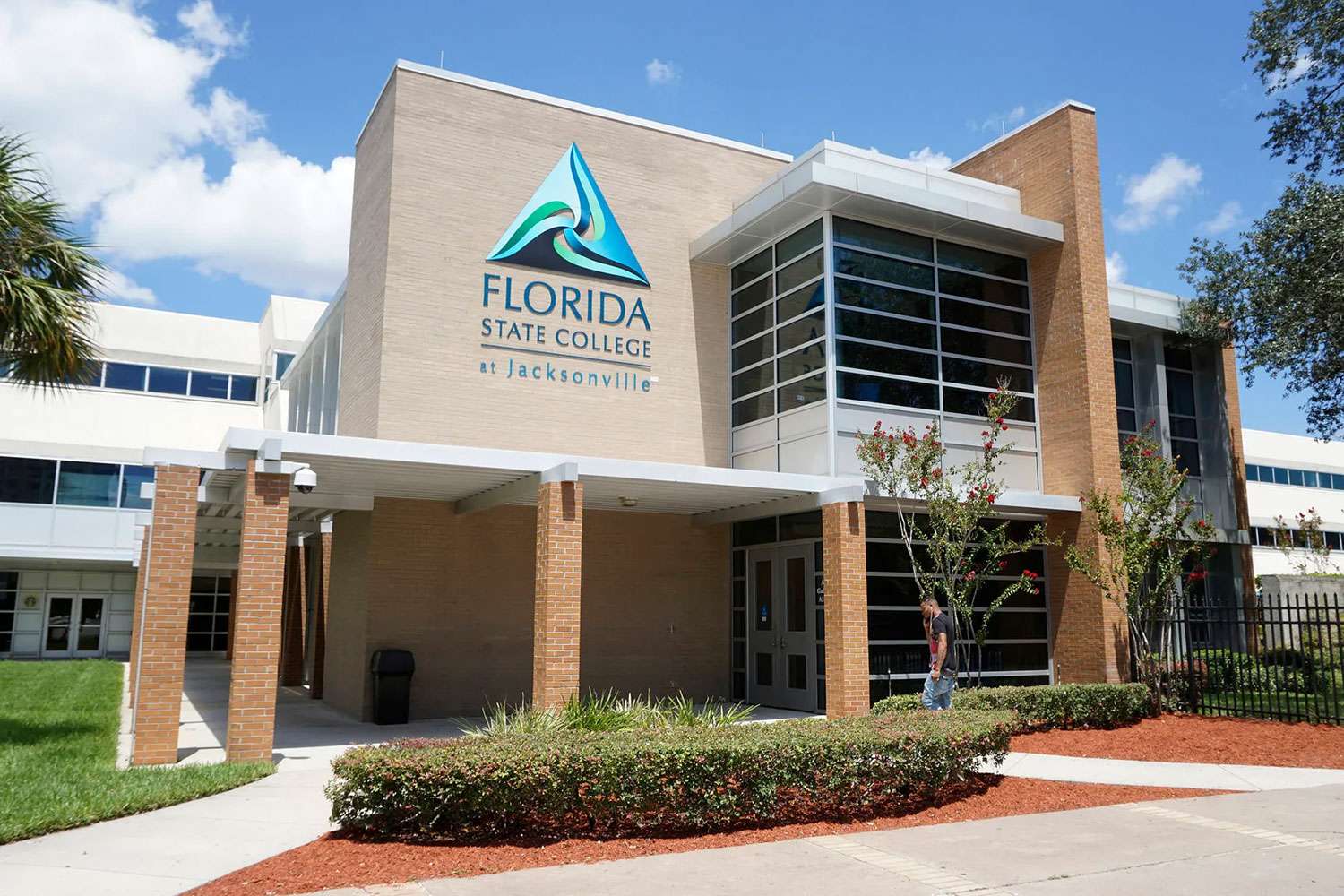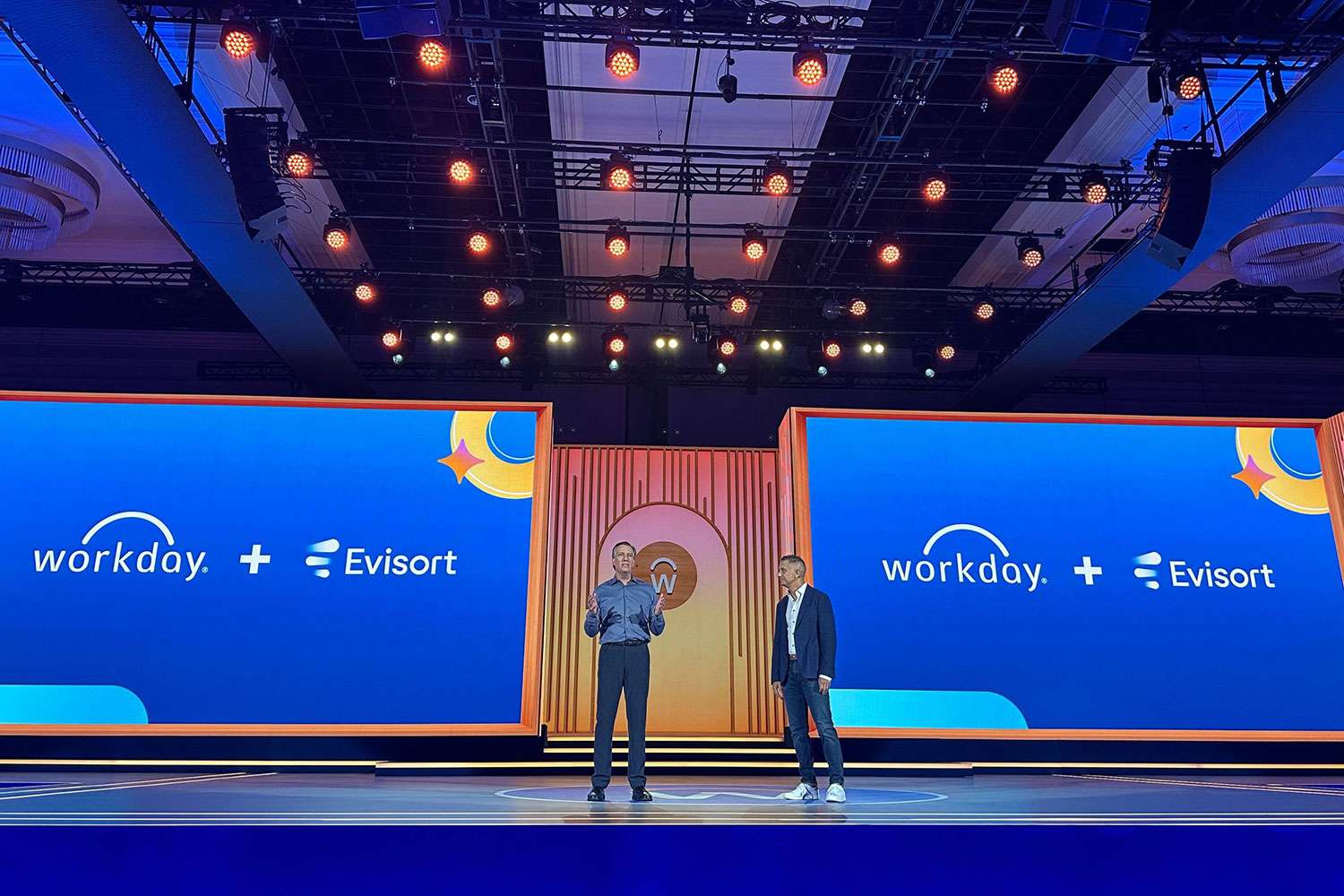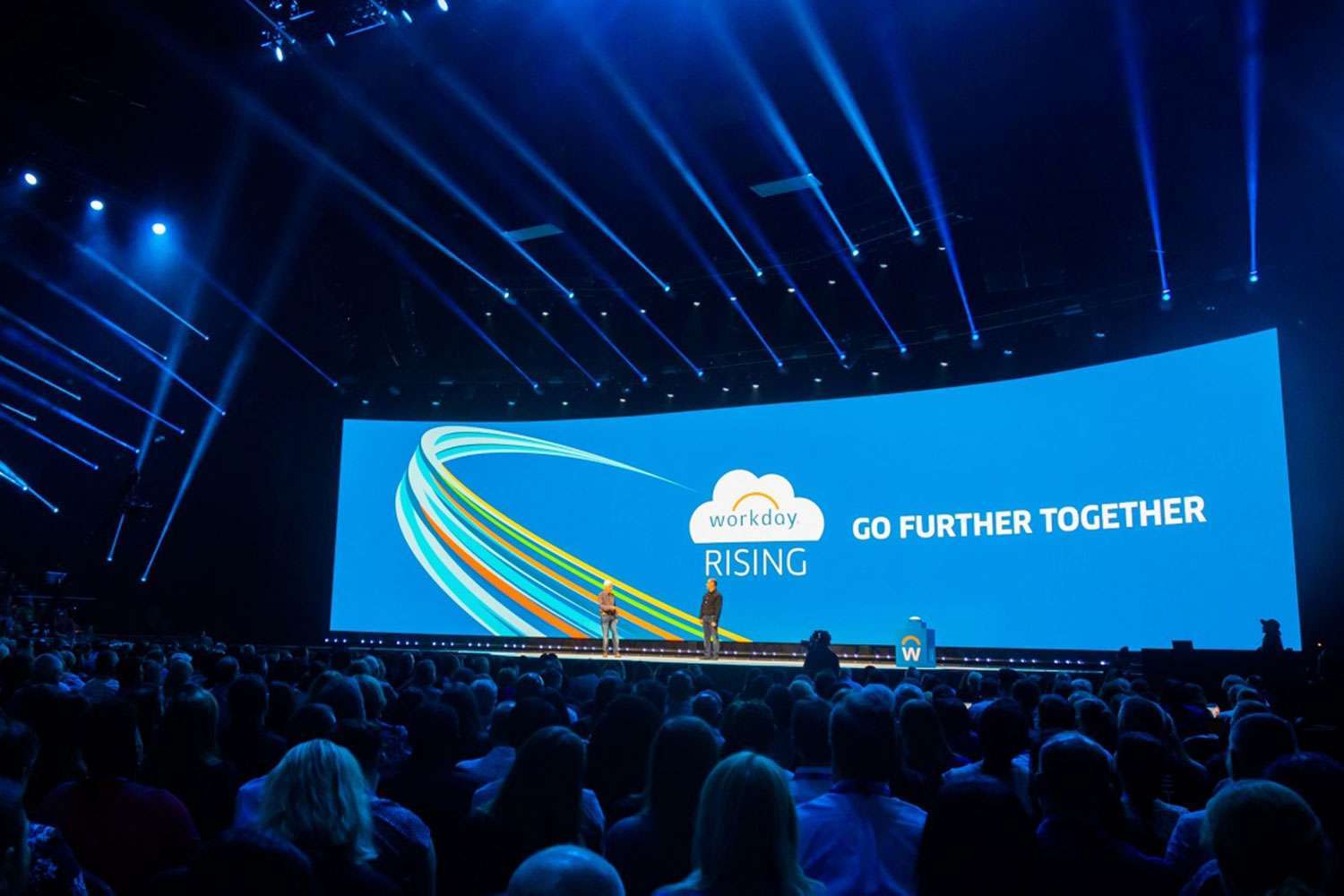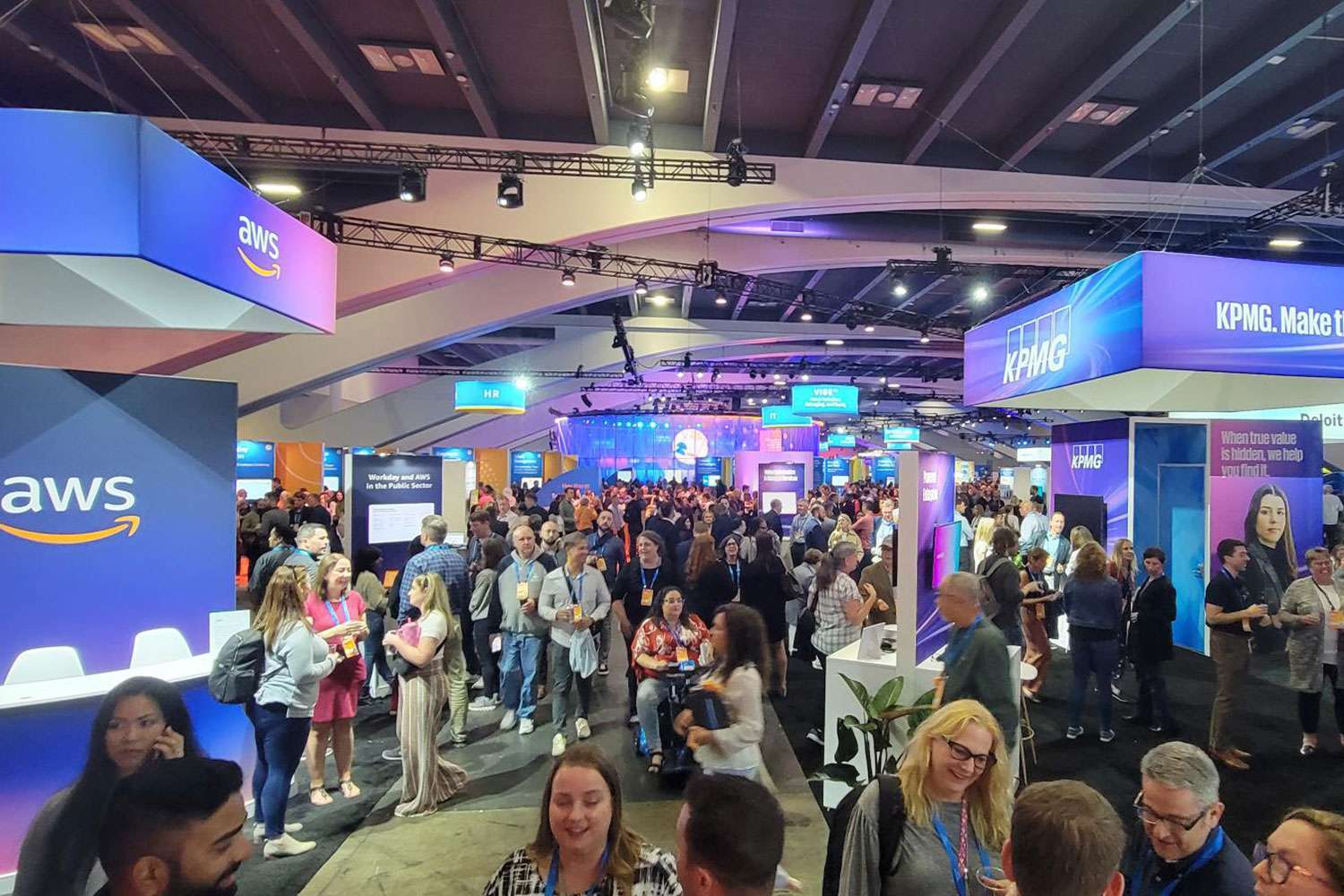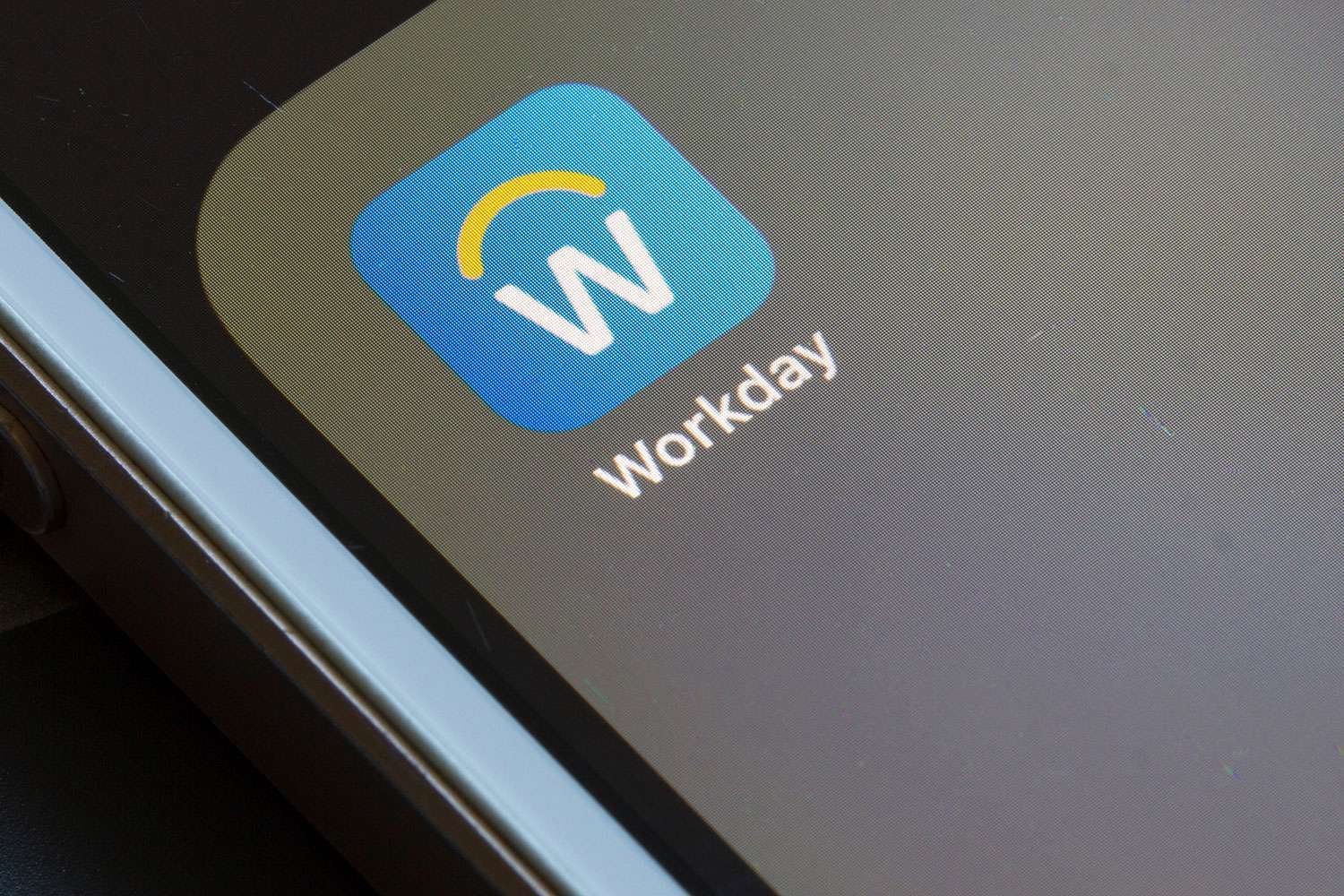Cloud ERP vs. On-Premise ERP

Like any other decision your company makes, deciding whether to stay with an on-premises ERP solution or begin migration to the cloud ultimately comes down to what makes sense for you. There’s plenty of momentum headed towards the cloud as the wave of the future. According to one report, the Global Cloud ERP Market will surpass $47 billion in 2022 with a whopping 17.1% CAGR growth.
Consider a Paced Migration to Amazon Web Services
If your company’s hardware is going to need replacing sooner rather than later, that’s a great jumping off point for considering a paced migration to Amazon Web Services (AWS). Your company’s past investment in that hardware was a big spend, but that ROI is coming to an end; if you remain on-premise you must re-invest in updated hardware and start the ROI calculation over. Company systems and processes constantly need more processing power and more speed, and future hardware upgrades are likely to be more frequent and more costly if you want to keep up with the competition.
Take an AWS Cloud Migration Test Drive
If you are running PeopleSoft on-premise, weigh a cloud migration to AWS against the costs and constraints of renewing your on-premise hardware. Cloud migration is not an all-or-nothing scenario; your company can test drive AWS by migrating some of your less-critical processes for evaluation. For example, while on-premises hardware is a huge capital expenditure, moving your ERP to the cloud transitions CapEx to OpEx with a low point of entry – a monthly or annual subscription that avoids having to install and maintain new hardware and significantly dilutes the price of the license fees for every software package your company utilizes.
Evaluate Your Cloud Provider’s Security History
Security used to be the sticking point for many when it comes to life on the cloud, however these days that transition is often viewed as inevitable. Of course, you still want to evaluate your cloud provider’s security history. As a market leader AWS is focused on minimizing weak points and cyber attacks. AWS got serious about cybersecurity in 2017 with the activation of its GuardDuty offering. A deeper dive into most of the big data hacks involving AWS tend to find that it wasn’t the cloud service, but the company using it that was at fault, usually because of improper configuration issues. You might feel like your data and proprietary information are safer on your in-house hardware than populating some nameless, faceless cloud server, but consider the difference between one and the other. More than 50% of all cybersecurity attacks that target companies go after small businesses, which means even if your most important data is stored in house, if your protection isn’t up to date on the latest threat, you could be courting disaster.
Contact ERPA About AWS Cloud Migration and Security
Please fill out the form below and ERPA will be happy to answer any of your questions or concerns. If you are interested in understanding how security layers into your cloud migration roadmap, we offer a complimentary cloud migration assessment.




